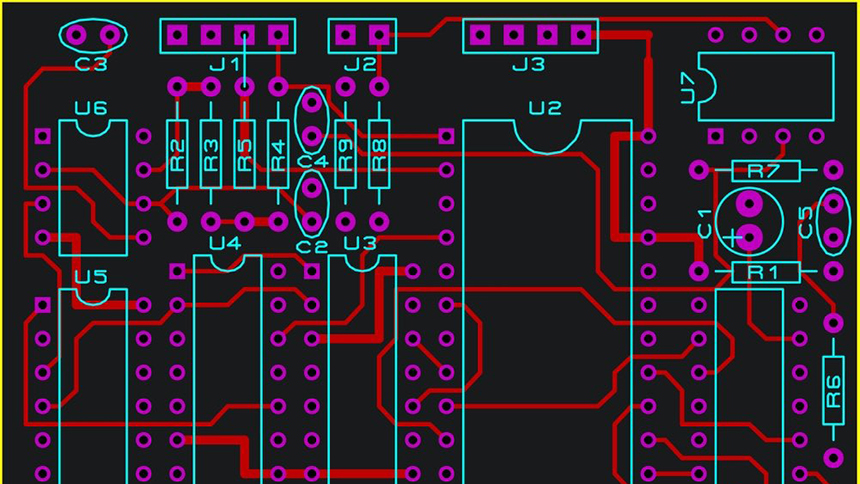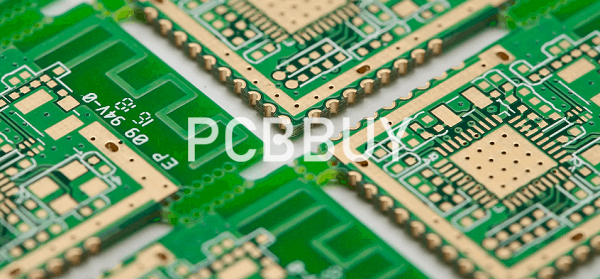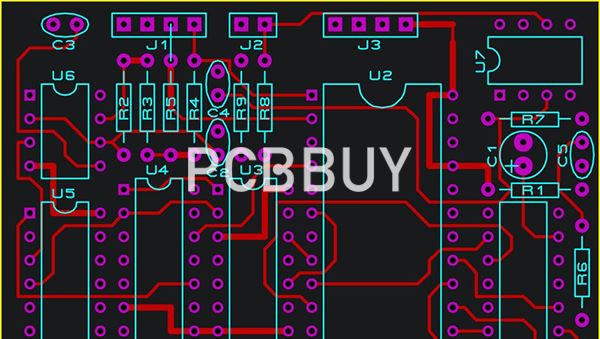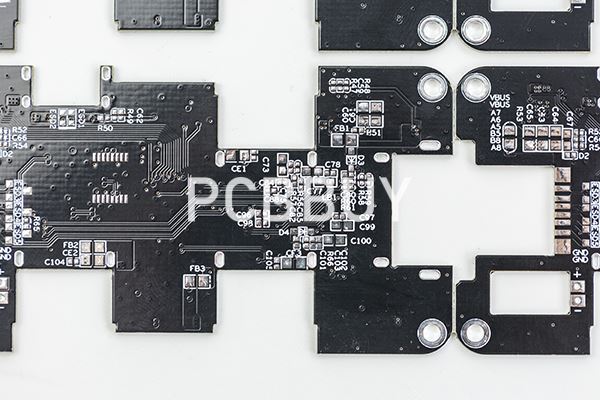PCB Layout Impedance Calculator
By:PCBBUY 09/01/2021 09:38

Are you interested in PCB layout Impedance? In this passage we will provide you everything about the topic and welcome to check the content below. Let’s explore this issue by looking at how impedance is used to create board layouts and how resistance affects the design process. This will allow us to compare impedance VS resistance to determine which is more important for laying out your PCB.

Why PCB layout Impedance is important?
The function of a PCB trace is to transfer the signal power from the driver device to the receiving device.
Power needs to be propagated throughout the length of the trace. But maximum signal power can only be achieved with matching impedances on the PCB.
So, that is why there is a need for impedance matching. We want as much of the power from the driver to end up at the receiver.
If special care is not taken in the PCB layout stage, then high-frequency signals will definitely degrade as they propagate from the driver to the receiver. If the result of this is viewed on an eye diagram the signals will be distorted and power levels will be different as the signal propagates from the start to the end.
What are the considerations of PCB layout Impedance?
Impedance-controlled routing begins with the schematic. Design engineers should specify their controlled impedance signals’ values and types so that the layout team understands which nets are single-ended or differential pairs. To ensure that the same impedance values are maintained throughout the length of a controlled trace, the following parameters must be considered for routing:
Trace geometry: The width and thickness (copper weight) of the trace being routed.
Signal spacing: The spacing between the signal trace and its return path is usually on the adjacent reference plane layer. This will be controlled with the configuration of the board layer stackup.
Dielectric material: The core and prepreg materials used on either side of the controlled impedance trace layer. Their thickness and dielectric constant will be part of the impedance calculations.
PCB layout designers need to calculate these parameters with the circuit’s impedance requirements to determine the appropriate trace width for routing. To perform these calculations, designers can usually use the trace impedance calculators built into their design tools. There are also circuit simulators that will provide these calculations and different online calculators and charts.

What are the methods of PCB layout Impedance?
Signal propagation in PCB design is basically transmission line design, right? So why is it such a challenging task? The answer to that question speaks directly to the challenge. Today, circuit boards are complex, small and multifunctional.
To ensure signal integrity in PCB designs with high-speed, there’s a need for great impedance characteristics in the connections of the conductor trace.
These can only be determined after the PCB’s controlled impedance is calculated based on the impedance specifications, layout, and layer buildup.
What results are slight changes of the stackup and the relevant conductor geometries. Note that a PCB’s impedance is majorly influenced by:
· Trace width
· Permittivity
· Copper thickness
· Conductor geometries
· The signal layer’s distance
Making use of simple equations, you can now calculate for controlled impedance. This will help in obtaining nominal values of impedance’ trace dimensions. These equations are very important for spacing and line widths higher than 15mil.

These simple equations are just approximations. Normally, they don’t give the best results utilized on PCBs of current technology. Besides, these equations usually need complex mathematics. Due to this reason, to determine PCB controlled impedances, utilize a PCB impedance calculator.
You can get some of these calculators online. Just choose one you can easily work with and make sure that you input the right calculation values. Remember that, whatever results are shown by these calculators are uniquely for rough estimation and approximation. The manufacturer should calculate the corresponding layer construction, and impedance.
Industry Category











